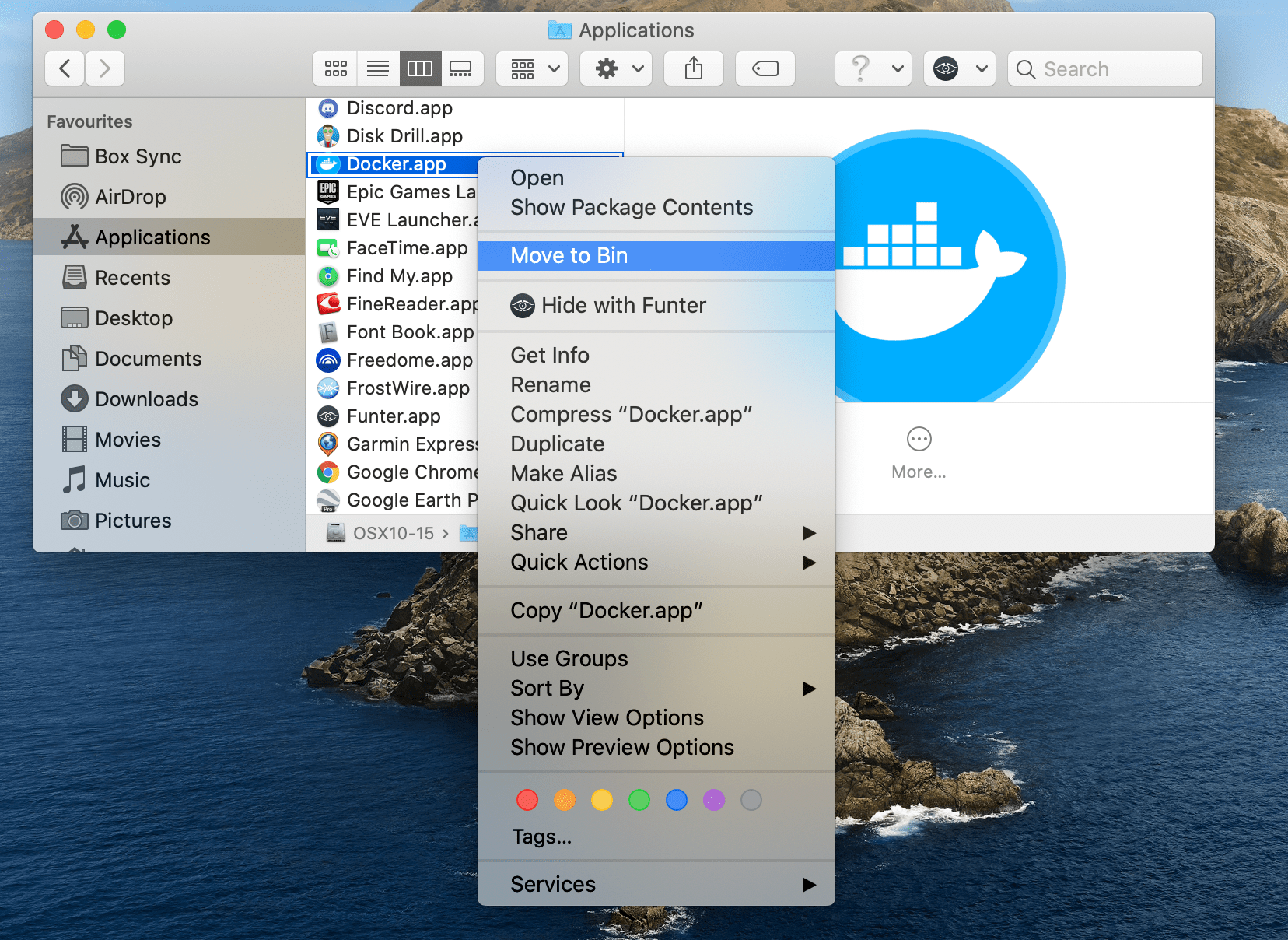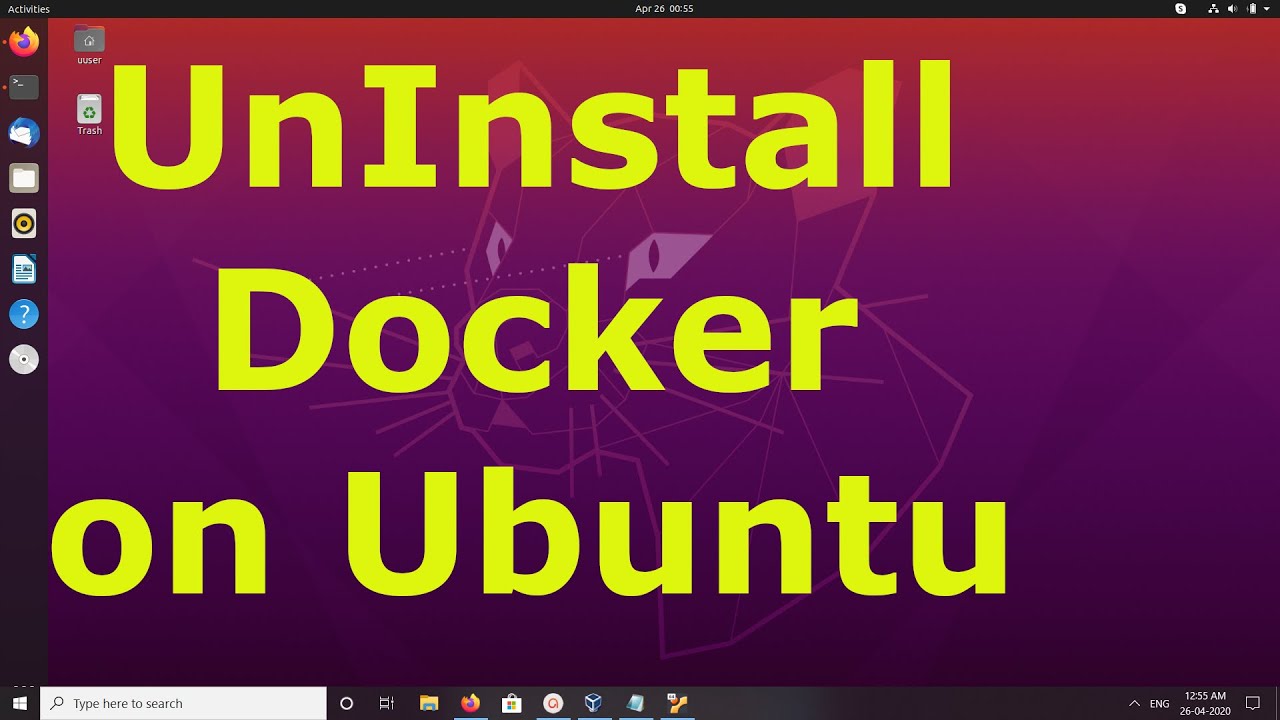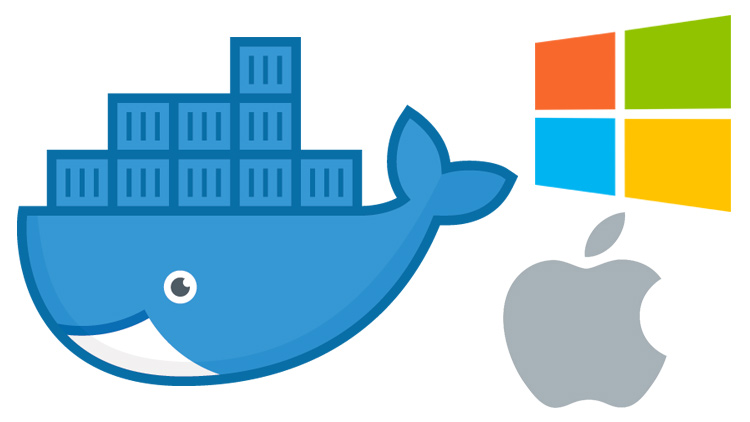

- #Uninstall docker toolbox windows 10 how to
- #Uninstall docker toolbox windows 10 install
- #Uninstall docker toolbox windows 10 update
- #Uninstall docker toolbox windows 10 for windows 10
- #Uninstall docker toolbox windows 10 windows 10

You will then see the usual ejabberd webadmin console, where you can easily manage your server instance. You will be welcomed by a browser authentication prompt, where you should type in the login details defined in the installation script: and PASSWORD. To open a web browser pointing to ejabberd webadmin, go to Settings » Hostname/Ports and click on the 5180 port.Īlternatively, you can open it yourself by going to (swaplocalhost for the value of theHOST` variable if you changed it in the installation script).
#Uninstall docker toolbox windows 10 update
Whenever you update to a newer ejabberd, it is a good practice to backup the conf and database directories.

There is also a ejabberd-modules directory where you can later put additional modules from ejabberd-contrib, or any other place. The configuration files, Mnesia internal database spool and logs directory are available for you to edit and inspect in Windows, in C:/Users/your user/ejabberd. Here are some remarks: ejabberd.yml, database and logs
#Uninstall docker toolbox windows 10 how to
If you are here it means you have ejabberd installed and running in your machine, and you may be asking yourself how to administrate it. Simply click the “Start” icon to run this container:Īfter a few seconds, ejabberd is started in that container and accepting connections. Now you can finally go to Kitematic (alpha), where you can see the new ejabberd container. You can delete the script and download it again, or delete the ejabberd container, or delete the ejabberd installed directory… and run the script again. If there was any error, solve it and run the script again. If installation completes correctly, you can close that window and proceed to next step. When you run the script it will open a console window to inform what it is doing: download the ejabberd image, create the container, register the admin account and prepare the configuration file…
#Uninstall docker toolbox windows 10 install
So, the script must install your ejabberd files there. The reason is that Docker Toolbox can only mount volumes from C:/Users/Your-User. Please notice that you cannot configure the installation directory. Edit some install optionsĮdit this batch file with your favourite text editor and set at least the PASSWORD option for the new administrator account.Īdditionally, you can set some other options: HOST, USER, VERSION, and PORTS. Download ejabberd-docker-install.batĭownload ejabberd-docker-install.bat to your machine. The process is pretty straightforward, and it will ask you to restart your machine.Īfter installing that file, you will get several icons in your desktop: Install Docker Toolboxįirst, download and install Docker Toolbox, specifically the file DockerToolbox-19.03.1.exe.
#Uninstall docker toolbox windows 10 windows 10
If you have Windows 10, you will surely prefer to use Docker Desktop, check our tutorial how to install ejabberd on Windows 10 using Docker Desktop.

This tutorial explains how to get any ejabberd version installed on Microsoft Windows 7 or 8 (and probably others) 64bits using Docker Toolbox and ejabberd-docker-install.bat.ĭocker Toolbox is an old and obsolete program, suitable for Microsoft systems older than Windows 10. It runs natively on the Windows, so there is no need for a pre-configured Docker QuickStart shell.Did you read our previous tutorial how to install ejabberd on Windows 10 using Docker Desktop? Do you have a Microsoft system older than Windows 10? Don’t worry, instead of Docker Desktop you can use Docker Toolbox, and this tutorial guides you over the process.
#Uninstall docker toolbox windows 10 for windows 10
Download Docker Toolbox For Windows 10 Product I putted the Google's DNS (8.8.8.8) and it worked fine. Just right click on docker's icon in the tray bar and select 'Settings' Then, on the Docker's window, select the 'Network' section and change the DNS option from 'Automatic' to 'Fixed' and hit 'Apply'. On Windows 10 docker's gui give some facilities.


 0 kommentar(er)
0 kommentar(er)
